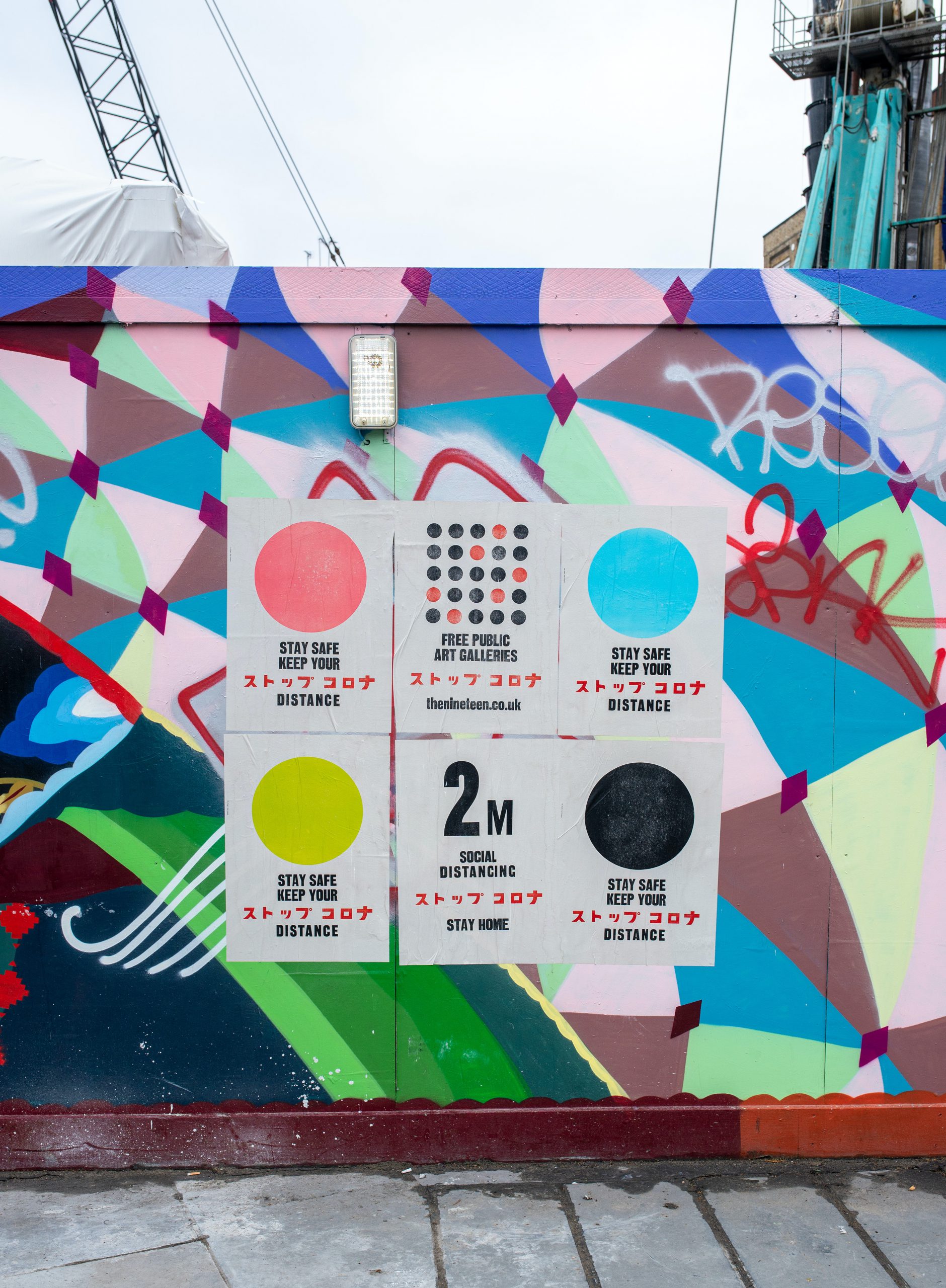The COVID-19 virus has spread rapidly across the world, leaving governments scrambling to treat the sick, test the population, and deal with the economic and social effects of the pandemic. Since there is no vaccine yet, the only way to stop COVID-19 is by preventing its spread. In the United States, measures include school closures, governmental orders to close businesses and public places, and the strong encouragement of social distancing.
Social distancing, also referred to as physical distancing, pertains to the practice of staying at home and not venturing out as much as possible. Health experts maintain that social distancing is the best way to slow the spread of COVID-19, and help hospitals cope with the influx of patients. Without social distancing, health facilities will be overwhelmed, and there will not be enough beds and ventilators in intensive care units for the sick.
Why there is a need for distancing
According to Dr. Francis Collins, Director of the National Institutes for Health, studies show that for every confirmed case of COVID-19, there are five to ten undetected ones in the population. The study simulated the time and spread of COVID-19 infections in 375 cities in China, where the virus originated. Since the virus is highly contagious and lives in the air for several minutes, the number of infections can increase exponentially when people are in crowded areas.
Dr. Collins emphasizes that social distancing reduces the chances of the virus spreading. Social distancing helped China flatten the curve of its infections, and it has shown to be effective in other countries like South Korea and Germany. Without social distancing, the virus can take years to circulate the globe, putting groups like senior citizens and immunocompromised people at risk. This, staying at home is essential.
Practicing social distancing properly
The Centers for Disease Control and Prevention or CDC outlines how individuals can practice social distancing. Just like the NIH, they say that the best way to prevent the spread of the disease is by staying home. Non-essential employees, those who are not frontliners in hospitals, and people not experiencing medical emergencies should stay indoors as much as possible.
They recommend avoiding social gatherings of more than ten people at a time. If venturing out to do essential errands like getting groceries or medicine, keep at least six feet away from others, wear a protective cover for the nose and mouth, and practice correct and frequent handwashing. Disinfecting packages and items from outside the home is also advisable.
Distancing means little contact
Experts acknowledge that it may be difficult for some people to spend large amounts of time indoors, or without human contact. This is why they recommend keeping in touch through other means—by talking on the phone, keeping in touch through video calls, or chatting from inside homes, through the window or on roofs. Mental health problems can worsen due to isolation, so it is important to be mindful of the amount of socialization one is getting.
People who do not have symptoms of COVID-19 may feel it unnecessary to socially distance, since they feel fine and do not seem to be infected. However, the World Health Organization maintains that some people can be infected and not show symptoms. In otherwise healthy individuals, symptoms may be mild, but for the at-risk, they can cause death.
Going to the gym, restaurants and bars, or scheduling play sessions for children and inviting friends to your home are all highly discouraged. These are all activities that can cause transmission of the disease, as it can be passed from a person with no symptoms to a person who has a weak immune system.
Conclusion
Social distancing is the “new normal” for the foreseeable future. To combat the spread of COVID-19, people need to stay away from others as much as possible, and to go outside only if absolutely necessary. The better the population is at physical distancing, the sooner the virus will be stopped from spreading.
For more public health news and updates, subscribe to Dose of Healthcare today.


















